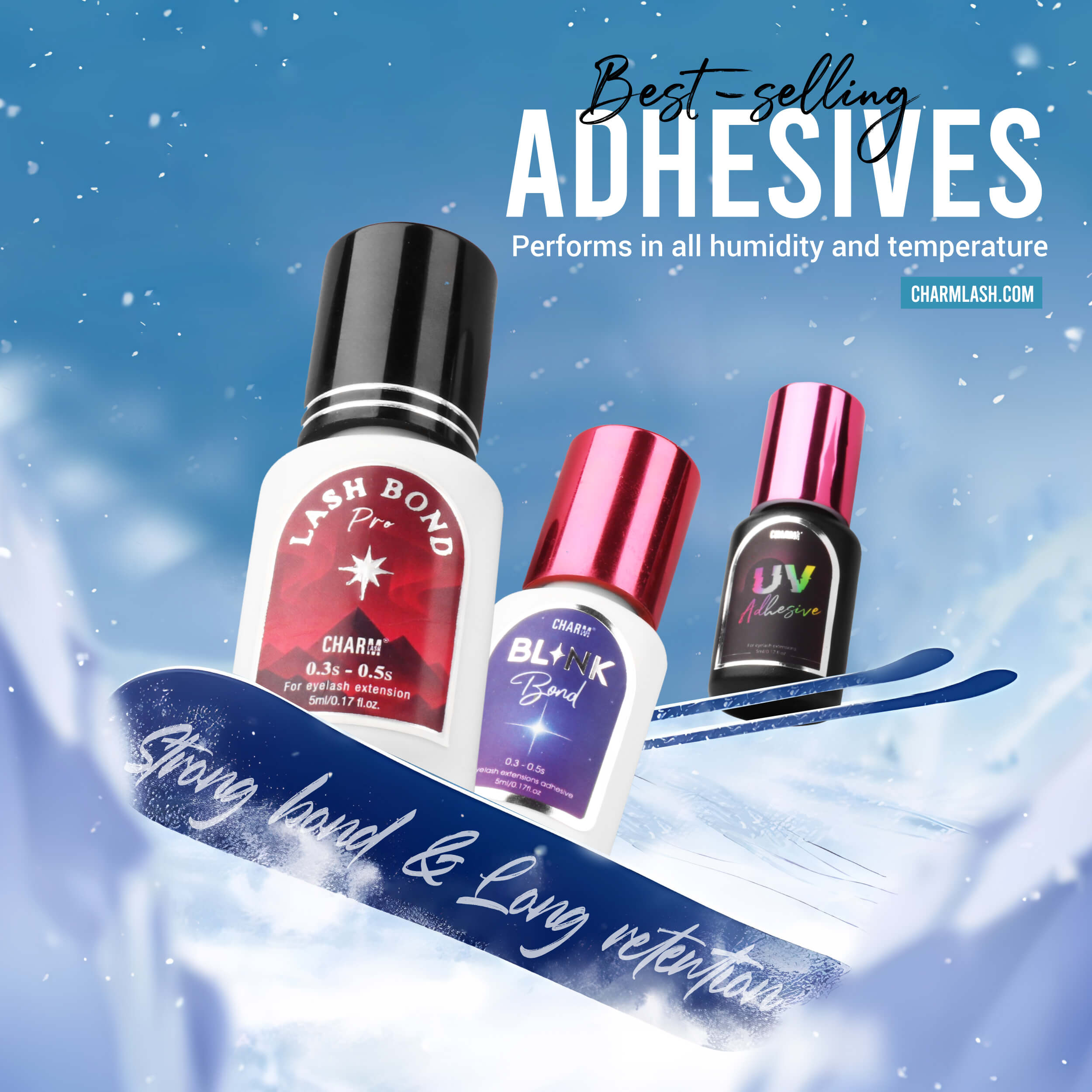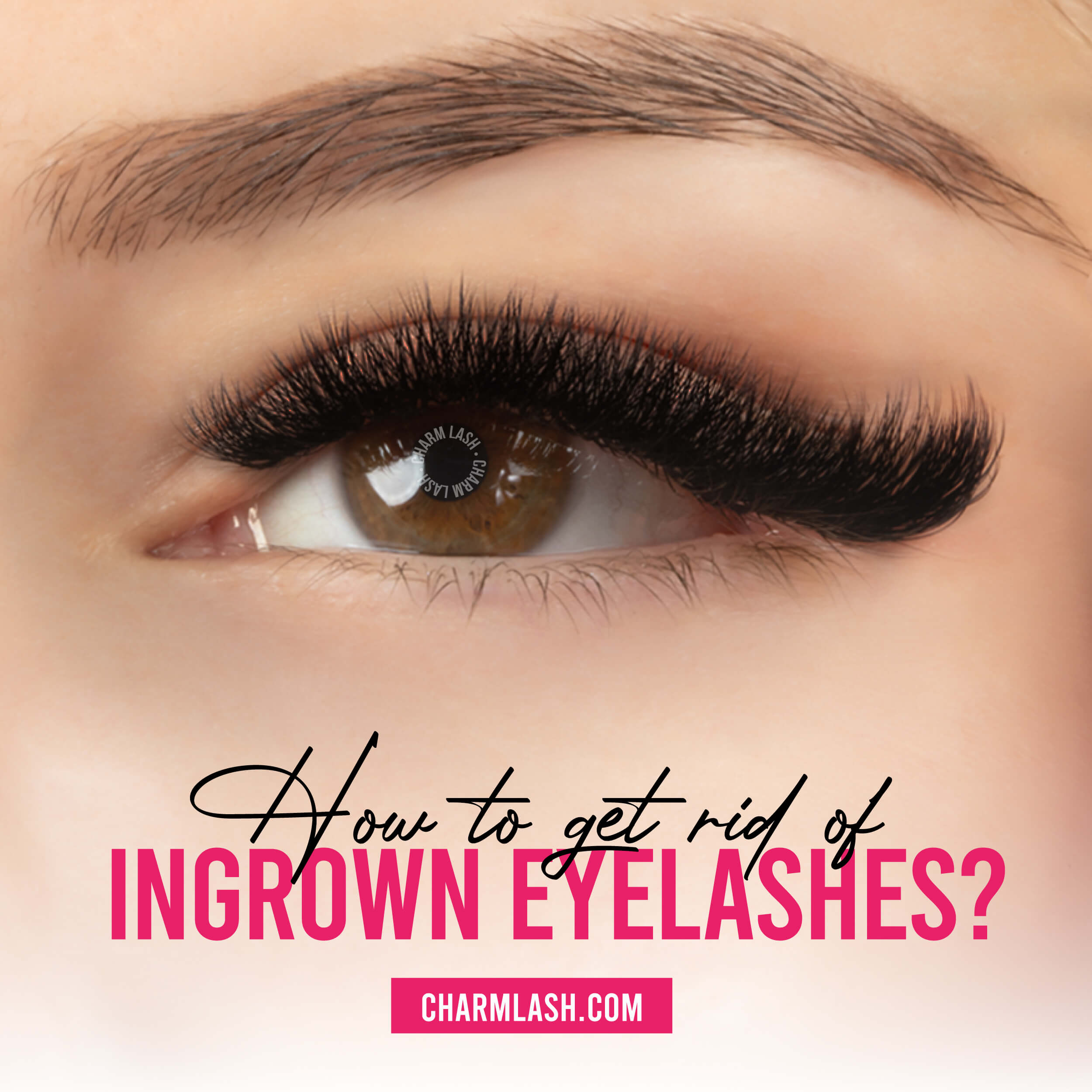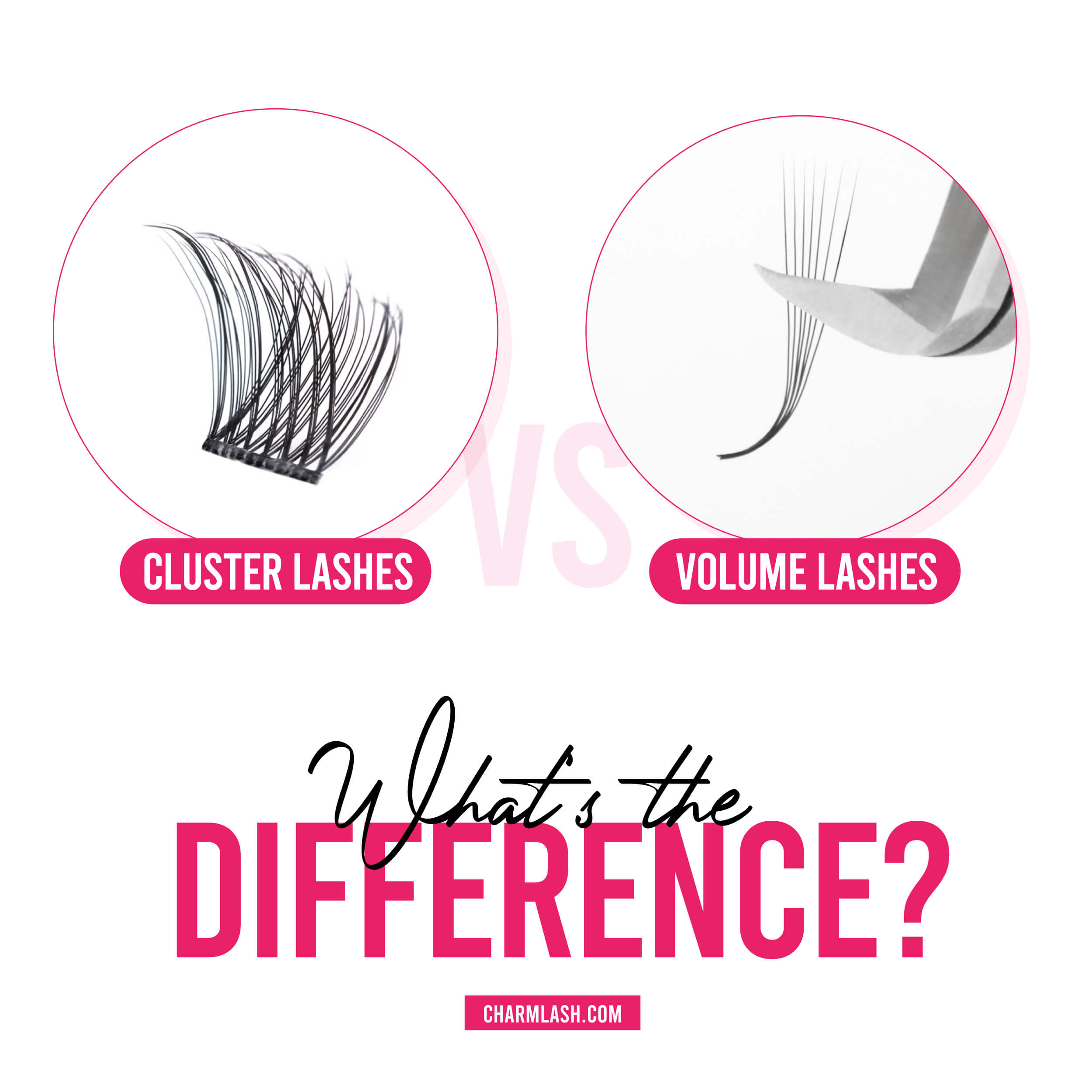If you have just stepped on the lash journey as a lash artist and have no idea where to go next, preparing a lash extension kit for beginners will be a good start.
So, what tools should you include in your lash extension practice kit?
1. Lash extensions
Lash extensions are the most fundamental item in a lash extension kit for beginners. However, among the thousands of lash types out there, which should you choose? There are no one-size-fits-all lashes. It depends on your business’s target market and strategy. Are your customers mainly young teens or older ladies? Do they love social events and prefer a prominent lash look, or just desire a natural one for a daily look?
If most of your local clients are mature, you should stock more lashes with thicknesses ranging from 0.03 to 0.07 mm than others. If your clients are party lovers and want to express their individuality, you might need to choose colored lashes in different styles.
What about your budget and lash level? An advanced and tight budget should be suitable for individual lashes or easy fan lashes instead of premade volume fans.
When it comes to lash extensions, it’s better to do careful research before making up your mind.
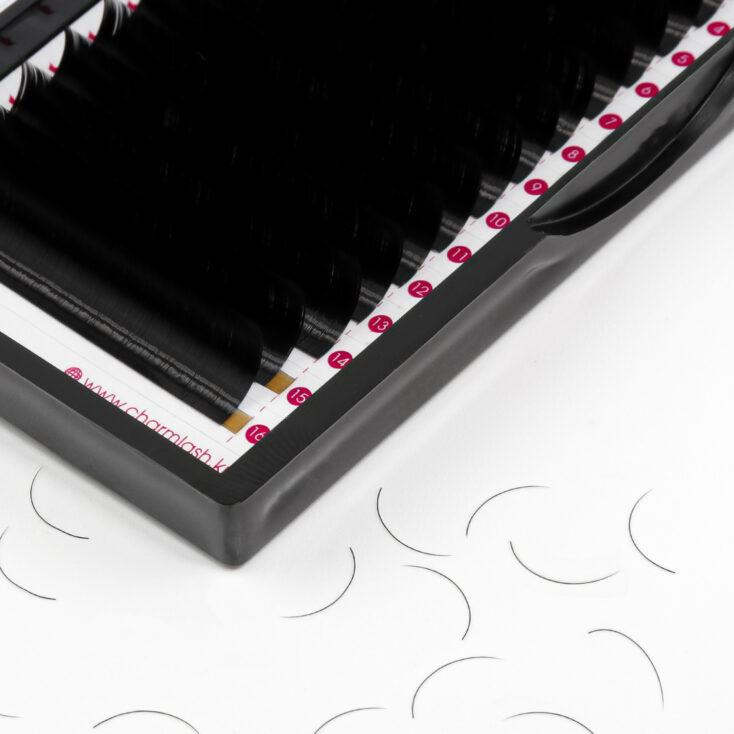
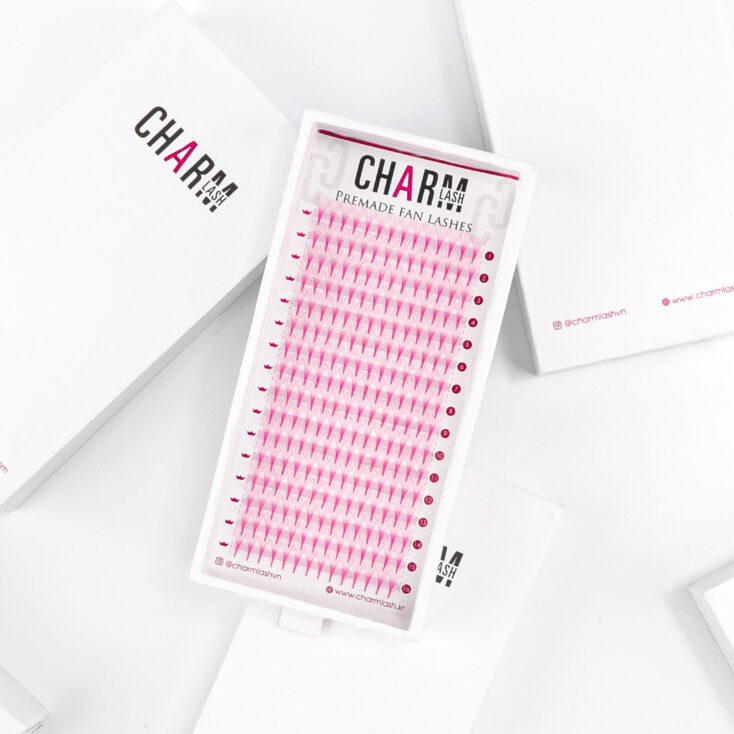
2. Lash glue
Lash glue also plays an important role in your work, determining the retention time and the lash look you achieve. If you are a newbie, a slow-drying adhesive will be a wiser choice. Over time, when your skills have leveled up, you can go on trying more fast-drying glue.
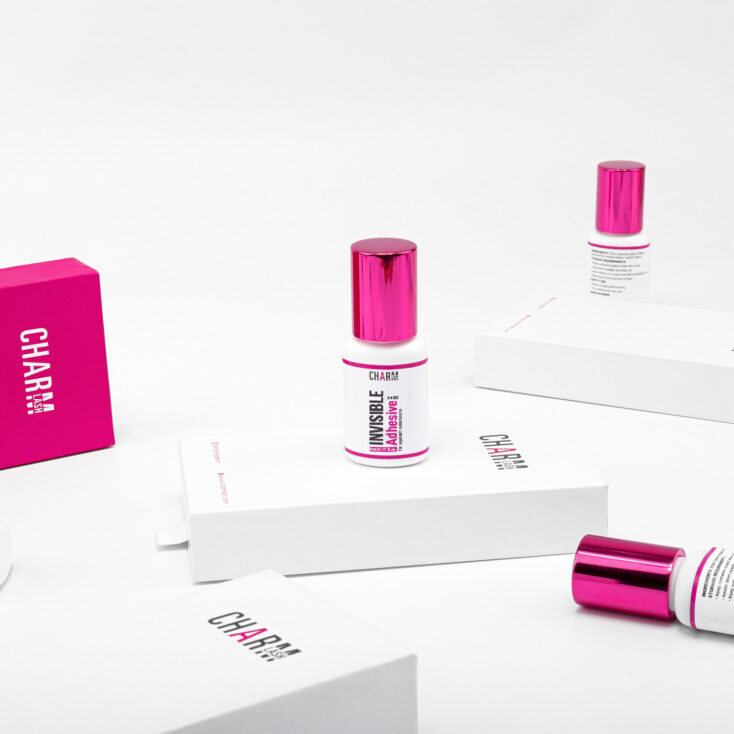
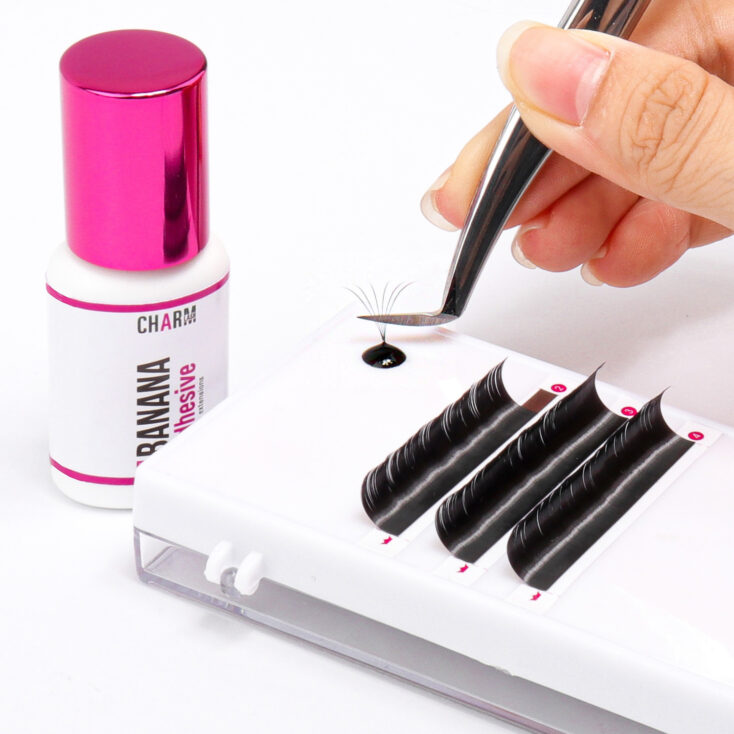
3. Lash tweezers
Lash tweezers come in various shapes and designs; each one is tailored to be used for specific lashes. For example, straight tweezers (or I shaped lash tweezers) are usually used for lash isolation and working with classic lashes, while L shaped lash tweezers are typically suitable for making volume fans.
Making sure that you have all the necessary lash tweezers at hand to provide the best lashing experience for your clients.
4. Pretreatment products
Lash shampoo: The bubble lash shampoo is used as the first step in a lash treatment to remove dirt, residues, and oil from your natural lash set. This step can’t be skipped in any lash session if you want to keep the extensions long. Keep in mind that lash shampoo can’t be replaced by baby shampoo or facial cleanser. When choosing a lash shampoo, ingredients and pH level are always taken into consideration. Read “Why should you use lash extension shampoo?” for more detailed information about this product.
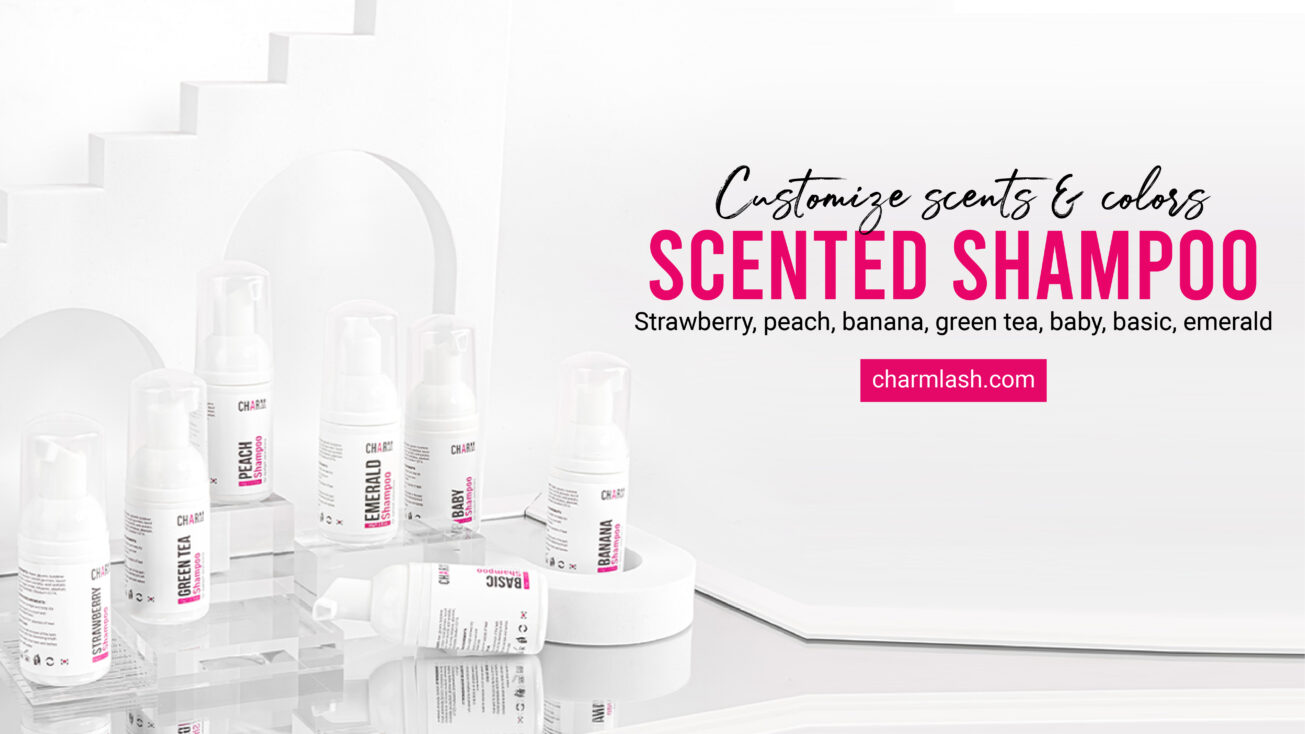
Lash protein remover: Protein remover is used after the lash shampoo for deep lash cleansing. Lash shampoo might not be able to remove all the accumulated residues on the natural lashes, especially for those who wear makeup on a regular basis.
Lash primer: this adds moisture back to your lashes, which have been dehydrated because of the lash cleanser.
5. Gel eye pads and lash tape
Both gel eye pads and lash tape are used to separate the bottom lashes from the upper lashes, making it a more convenient treatment for the lash artist and a more comfortable experience for clients. They also protect the delicate area around your eyes from being exposed to lash adhesive or lash tweezers.
The medical tape is also used as lash lift tape, which is commonly used in the lashing in layers technique for easier lash separation. Meanwhile, gel eye pads create a more soothing and relaxing experience than medical lash tape. Choosing which is all up to your preference.
6. Cream remover and gel remover
Cream remover is a thick and creamy substance used to break down the adhesive bond. Gentle and safe to remove lash extensions, this product can’t be absent from a false lash extension kit for a refill appointment.
Unlike cream remover, gel remover works faster to remove lash extensions but is more likely to run into your eyes if not applied carefully.
Opting for which one comes down to not only your personal preference and also your client’s lash extensions. Read “Eyelash extension cream remover vs gel remover: Which one is better?” if you want to know more about the differences between these two.
7. Lash brush
No one wants to work with a tangled lash set, and eyelash brushes exist for this reason. A well-separated lash set will minimize the chance of lash stickies and maximize the life span of lash extensions as much as possible.
8. Glue ring and jade stone
Glue rings seem to be the most popular tool for holding glue during the lash treatment. Its biggest advantage is that you can save a lot of time between glue dip and lash attachment, allowing enough time for correct lash placement before the glue hardens. But this advantage comes at a cost. Since you wear the ring on your hand, which is close to your client’s nose all the time, they could end up breathing in all the adhesive fumes. You might know that the adhesive odor, in some cases, can cause allergies in your clients.
In this situation, jade stone is the best alternative. Although it takes you more lashing time, it is safer for your clients. Moreover, the cold surface of the jade stone can prevent the glue from rapidly drying.
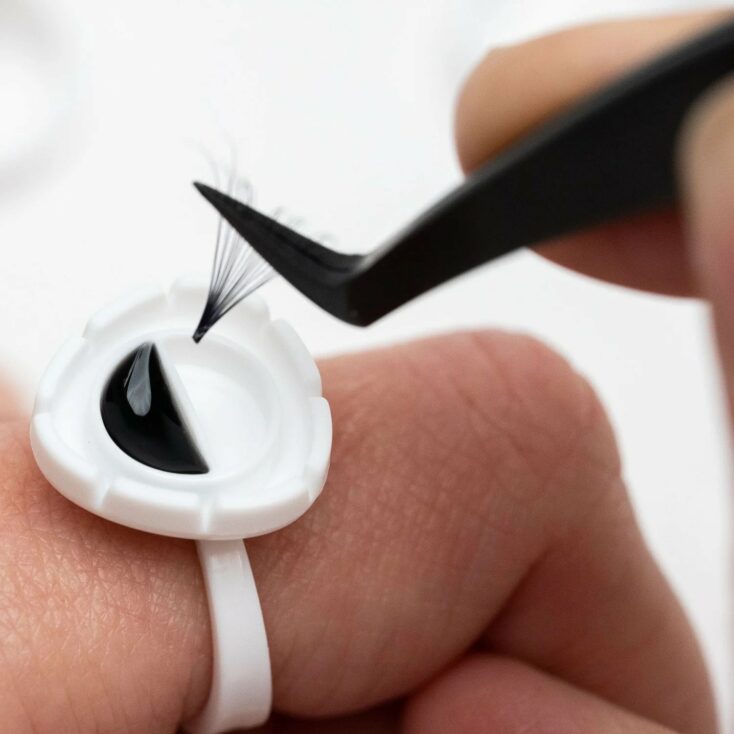

Read “6 types of lash glue holder for lash artists” if you want to know more about eyelash glue ring
9. Lash mirror
Your clients have to close their eyes during the lash treatment to avoid adhesive fumes getting into their eyes. This means the lash artists will not be able to see the lash set from the bottom view and might find it hard to view it from the side. A lash mirror will help them check their work from any angle to ensure no lashes are stuck together and every lash is in the right direction.
Although the lash treatment involves many other tools for the best final result, these eight items above are the most fundamental and must-have in a lash extension kit for beginners. It’s not too difficult to buy them nowadays, but the challenge might be choosing high-quality, reasonably-priced products among the mountain of choices out there. Take your time, as great success requires great preparation.
Follow CharmLash’s blog and Instagram for more useful lash tips and information!














